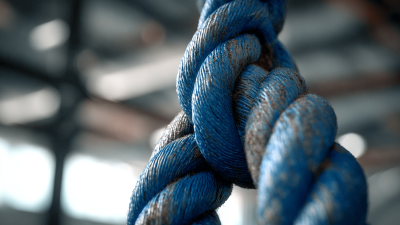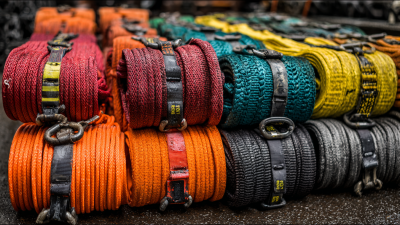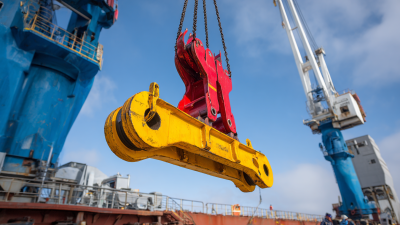Choosing the right webbing sling is crucial for ensuring safety and efficiency in lifting operations. According to a report by the Occupational Safety and Health Administration (OSHA), improper sling selection is a significant factor in many workplace accidents, with approximately 20% of lifting incidents resulting from equipment failure. Webbing slings, known for their lightweight yet durable characteristics, come in various configurations, each suited for specific tasks. In 2021, the global lifting slings market was valued at over $150 million and is projected to grow as more industries recognize the importance of quality lifting equipment. With the right techniques and an understanding of load capacities, materials, and conditions of use, selecting the appropriate webbing sling can enhance both safety and operational effectiveness in various environments. In this guide, we present seven essential tips to help you make an informed decision based on your unique lifting needs.
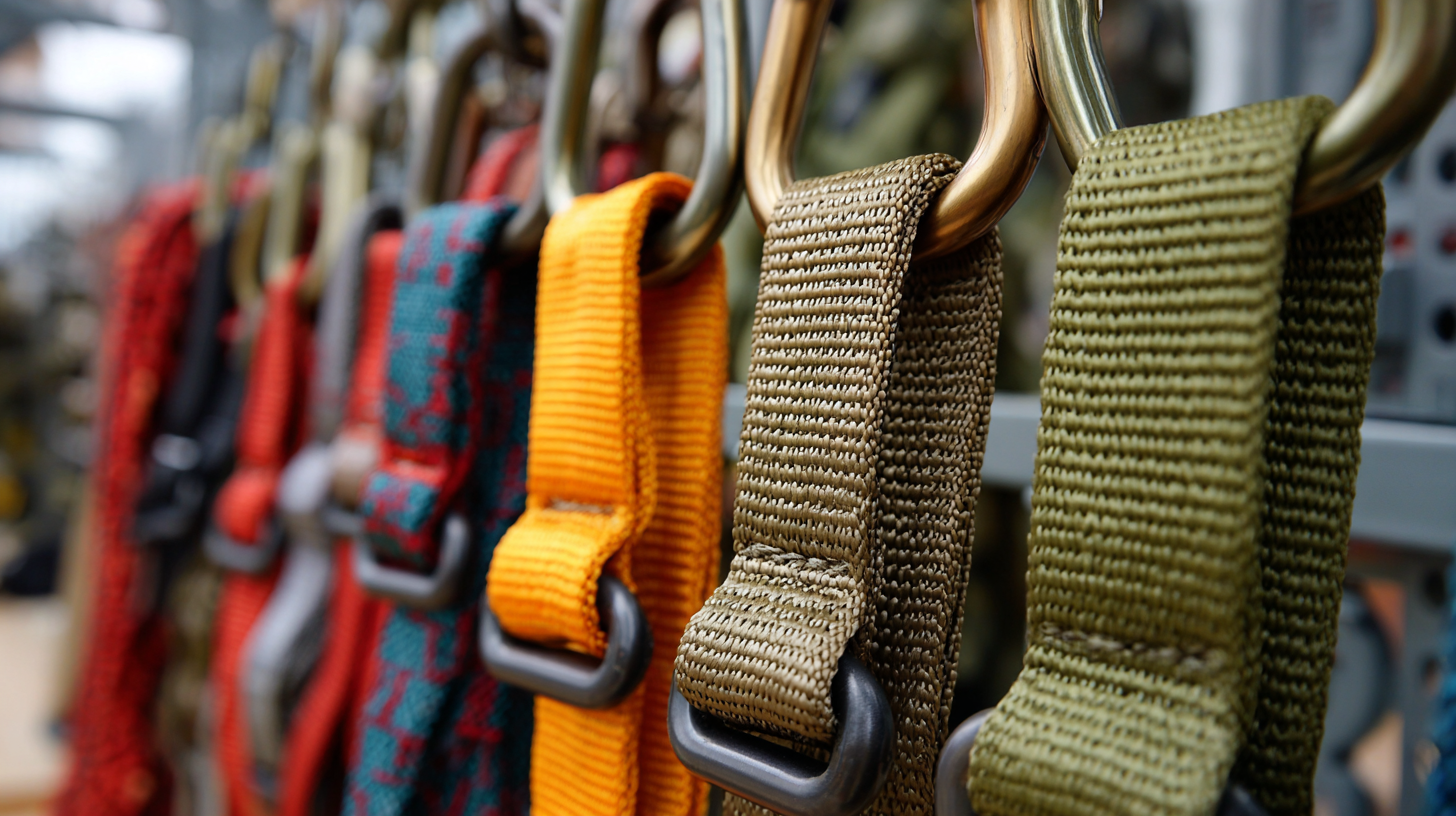
When selecting a webbing sling, it's crucial to understand the various types available and their specific applications. Different slings are designed for different loads and lifting conditions. For instance, nylon slings are known for their elasticity and shock absorption, making them ideal for lifting heavy and dynamic loads. Polyester slings, on the other hand, offer a higher resistance to abrasion and are better suited for lifting in environments where exposure to chemicals and sunlight is a concern.
Additionally, there are specialized webbing slings, such as those equipped with reinforced edges for enhanced durability or those designed in a round shape to prevent wear. Choosing the right type of webbing sling can significantly impact the safety and effectiveness of your lifting operations. Therefore, it’s important to assess the working environment, load characteristics, and any unique lifting requirements before making a decision. Understanding these factors will help ensure that the selected webbing sling meets your specific needs and adheres to safety standards.
When choosing the right webbing sling, evaluating load capacity and safety ratings becomes paramount. Load capacity refers to the maximum weight a sling can safely lift without risking failure. It is crucial to always check the manufacturer's specifications, which typically provide detailed information on the sling's working load limit (WLL). This ensures that the sling can handle the intended load while providing a safety margin. For different materials such as nylon, polyester, or other synthetic fibers, the load capacity may vary significantly, so select the material that best suits your lifting needs.
Safety ratings are another critical factor to consider. Most webbing slings come with industry-standard safety ratings that indicate their reliability and strength. Look for slings that are compliant with ANSI or ASME standards, as these ratings assure users of their quality and effectiveness in various lifting scenarios.
Furthermore, consider the sling's design features, such as stitching and protective coatings, which can enhance durability and resistance to abrasion. Properly understanding load capacities and safety ratings not only ensures compliance with regulations but ultimately contributes to safer lifting operations.
When selecting a webbing sling, choosing the right material is crucial for ensuring both durability and flexibility. Most webbing slings are made from nylon or polyester, each having distinct advantages. According to industry reports, nylon slings generally offer a higher elongation rate of approximately 10-15%, which provides some resilience under heavy loads. This elasticity makes nylon slings an ideal choice for applications that require shock absorption, such as in lifting scenarios where sudden load changes might occur.
On the other hand, polyester slings are known for their low stretch characteristics, typically ranging between 2-3%. This property makes polyester slings particularly suitable for tasks requiring precision and stability, such as construction or rigging. Additionally, polyester has superior ultraviolet (UV) resistance and abrasion resistance compared to nylon, with research indicating that polyester retains about 90% of its strength after prolonged UV exposure, making it a more durable option for outdoor applications. The choice of material directly impacts the performance and longevity of webbing slings, underscoring the importance of considering both the load requirements and environmental conditions when making a decision.
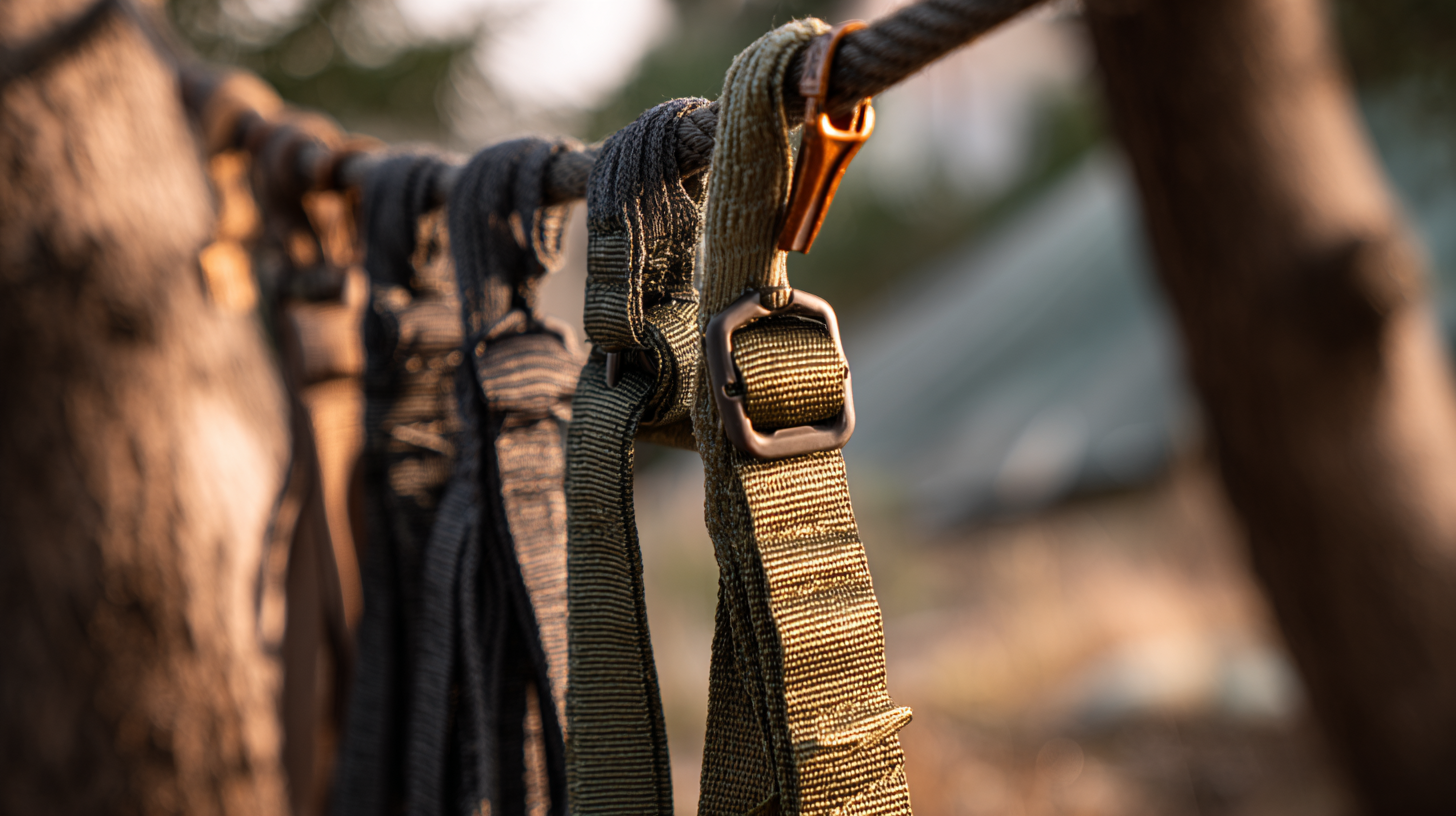 When choosing a webbing sling, paying attention to the width and length is crucial for ensuring optimal handling and performance. The width of the sling affects its load-bearing capabilities and stability. A wider sling tends to distribute weight more evenly across the surface area, which reduces the risk of abrasion and enhances safety. When selecting the appropriate width, consider the specific applications, such as climbing, lifting, or towing, as different tasks may require varying levels of support.
When choosing a webbing sling, paying attention to the width and length is crucial for ensuring optimal handling and performance. The width of the sling affects its load-bearing capabilities and stability. A wider sling tends to distribute weight more evenly across the surface area, which reduces the risk of abrasion and enhances safety. When selecting the appropriate width, consider the specific applications, such as climbing, lifting, or towing, as different tasks may require varying levels of support.
Length is also a vital factor; it influences the sling's versatility and functionality. A longer sling generally allows for more flexibility in rigging configurations, enabling users to make adjustments based on the task at hand. However, it’s essential to strike a balance, as excessive length can lead to handling difficulties or increased wear. By carefully considering both the width and length of the sling, users can optimize their choice to improve performance and safety in their specific applications.
When choosing a webbing sling, understanding the environmental factors that can impact its performance is crucial. Exposure to elements such as sunlight, moisture, and extreme temperatures can degrade the materials used in slings, affecting their strength and longevity. For example, ultraviolet (UV) rays can weaken synthetic fibers, leading to catastrophic failures under load. Therefore, it’s important to consider environmental conditions during selection and ensure that the chosen sling is suited for outdoor or high-UV environments.
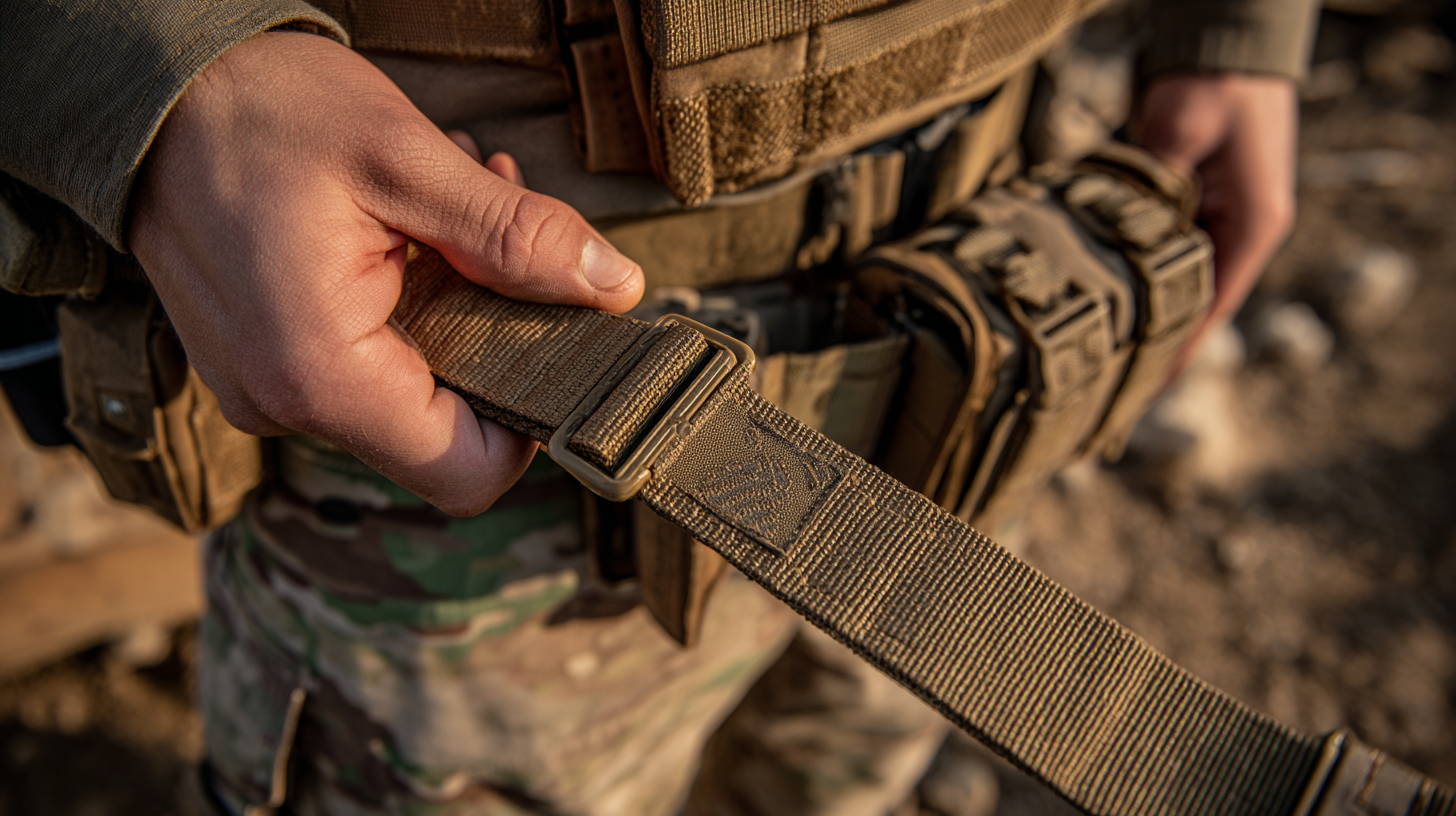
One essential tip is to select a webbing sling made from materials that are resistant to the specific environmental factors you’ll encounter. For instance, a sling made from nylon is more susceptible to UV damage than one made from polyester. Additionally, assess whether the sling will be used in wet conditions or environments where chemicals are present, as this can also influence your choice.
Moreover, it's beneficial to check the sling's care and handling instructions. Proper maintenance can significantly extend the lifespan of your webbing sling, especially if it is subjected to harsh conditions. Regular inspections and appropriate cleaning can mitigate some environmental impacts, ensuring safe and effective lifting operations over time.


